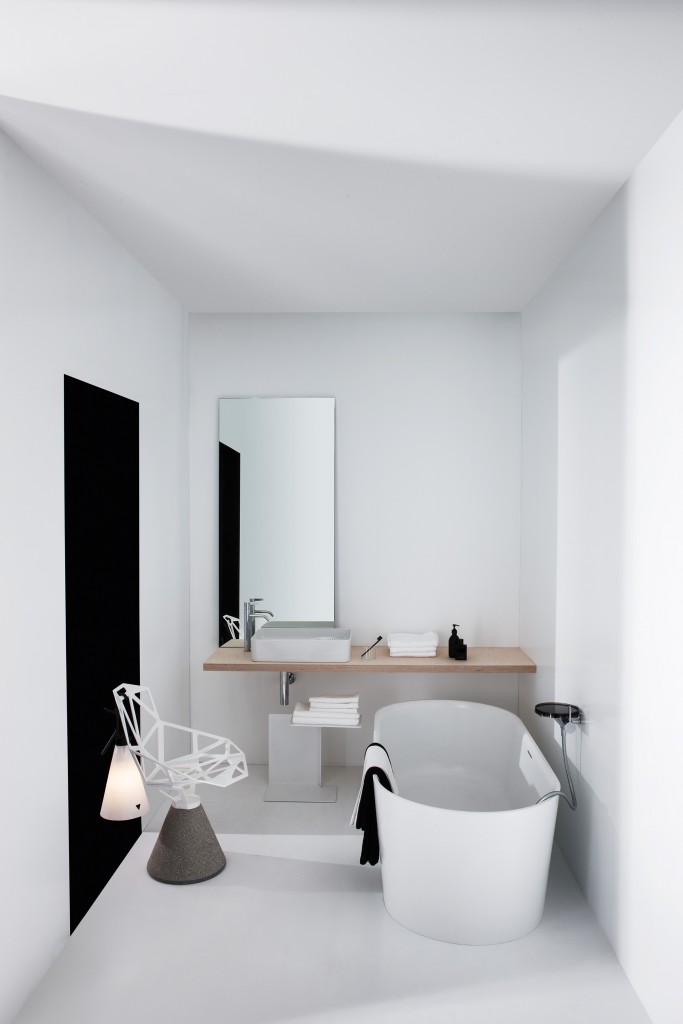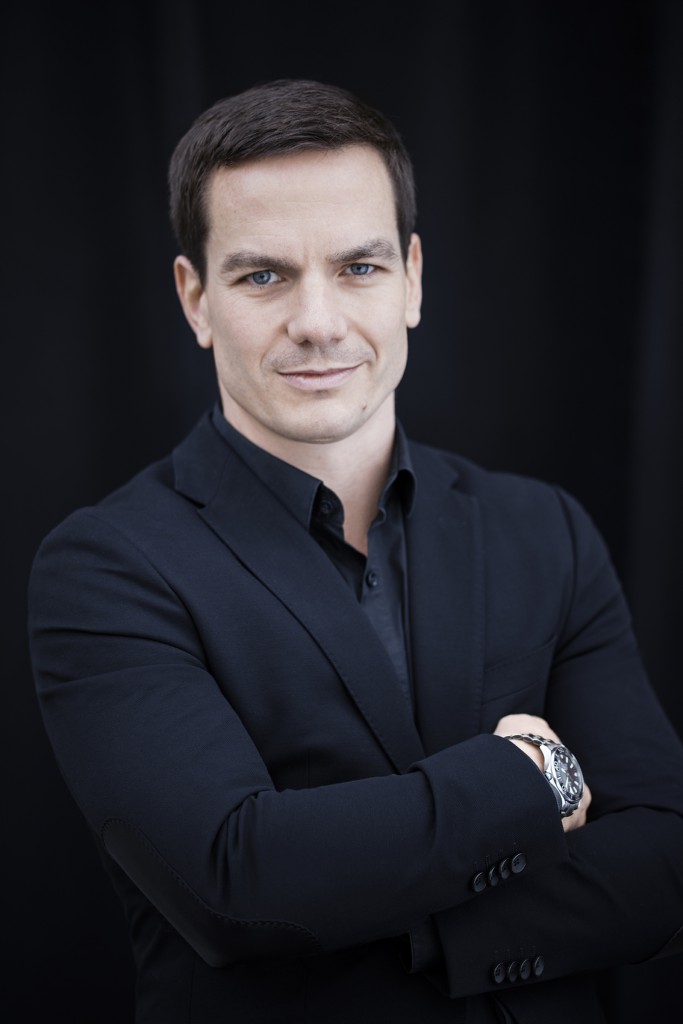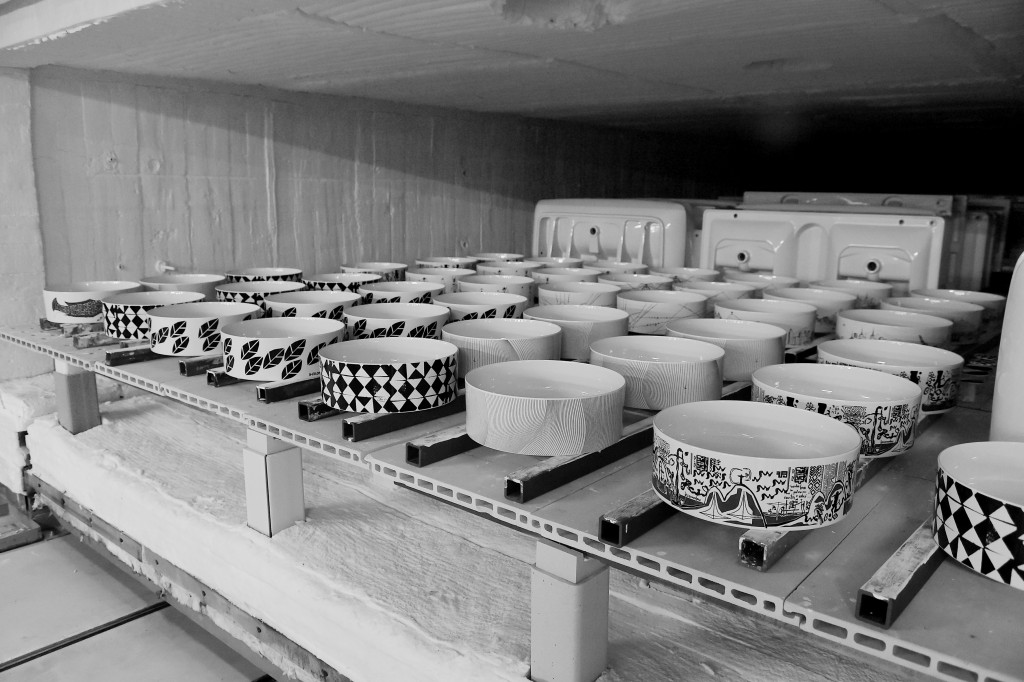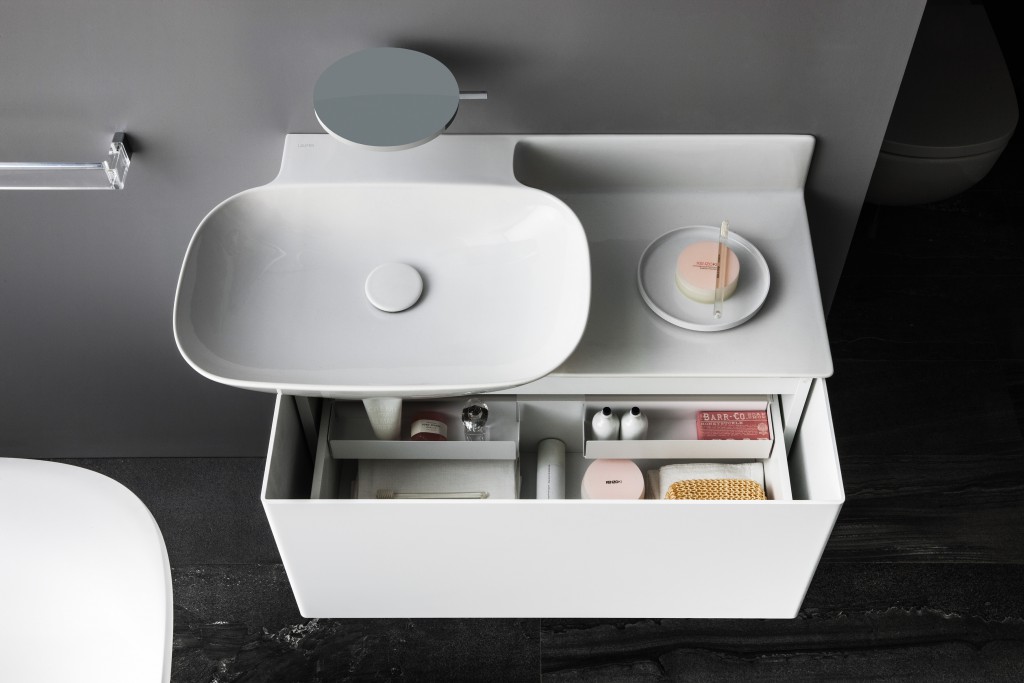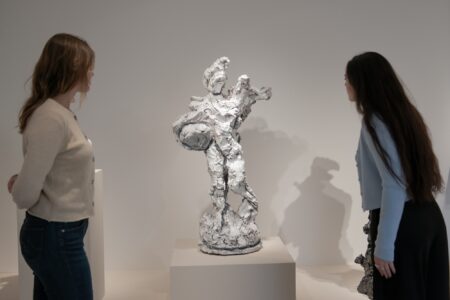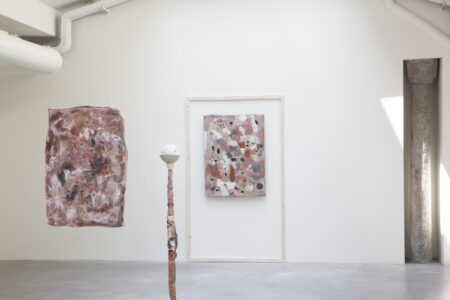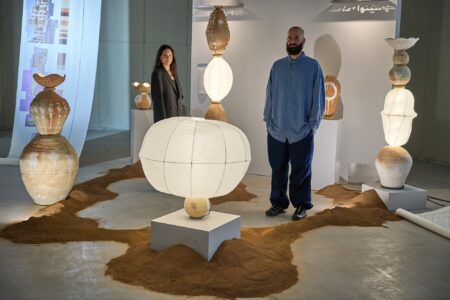
Laufen: Sanitaryware Cultural Sanctuary
“There are 360 degrees, so why stick to one?” – Zaha Hadid on the Hungerburg funicular, Innsbruck
Laufen is the star of Swiss sanitary ware and an industry leader. The company has been part of the Roca Group since 1999 and has industrial sites outside of Laufen in Austria, the Czech Republic and Poland. Laufen is gaining ground on the international market and is being selected to participate in important architecture projects, thanks to its ongoing innovation in the use of new materials.
Laufen has a reputation for unparalleled expertise and a singular portfolio in bathroom ceramics. The company is based in the city of the same name, close to Basel, home to many artistic and architectural gems. Laufen’s production facilities, where the company has been working since 1925, have resources that extend beyond the country’s borders. After its founding as Keramik Laufen in 1882, the then brickmaker transformed itself into the only factory to turn out high-end sanitary ceramics in Switzerland. Thanks to its traditional savoir-faire and industrial performance, Laufen has revolutionised the sanitary ware sector. The Laufen production team understands the craft inside and out. They are experts at casting and enamelling pieces that can way up to 70kg. Ensuring consistency for the complex shapes is challenging because the firing process causes them to shrink. The ceramicists have also had to adapt to new standards in productivity and developed high-pressure casting in the 1980s. This allowed Laufen to optimise quality and reduce series costs. But it’s still possible for manufacturers to undertake artistic endeavours, as evidenced by Impressões of a Change, 2015 – Brazil: Verse and Reverse, Laufen’s recent collaboration with Brazilian artists and designers. The exhibition travelled to Europe and the U.S.
From Invention to Avant-Garde Design
Experimental intelligence has been a key part of many of the innovations that have made Laufen a leader. For example, engineer Xaver Jermann invented the wall-hung toilet in 1964. In 1985, the company pioneered high-pressure casting – which is now an industrial standard – and in 2002, it invented SaphirKeramik, a wafer-thin 3mm ceramic material made from very fine, durable clay that is enriched with the mineral Corundum. SaphirKeramik allows for tight-edge 1-2mm radii and elegant contours with filigreed shapes and thin walls. Sentec, another recent addition, showed its potential during the Bespoke presentation at the Salone del Mobile in Milan this April. Sentec, the mineral-cast material from Laufen meets the needs of architects looking to personalise their creations with versatile, tailor-made bathroom appliances. Thanks to this material, angular shapes and single-walled bathtubs are now possible. Laufen has proven its inventions’ adaptability through large-scale projects including the Herzog & de Meuron tower in New York, Ricardo Bofill’s W Hotel in Barcelona, Coop Himmelb(l)au’s Gasometer in Vienna, Ron Arad’s Duomo Design Hotel in Rimini and SANAA’s Rolex Learning Center in Lausanne. Laufen has taken its savoir-faire to the next level with the ultra-thin SaphirKeramik in its VAL and INO collections designed by the German Konstantin Grcic and the French Toan Nguyen respectively. The washbasins’ soft, visually lightweight shapes allow the appliances to blend in better with living areas.
Fresh Perspective: Riva and Kartell by Laufen
Thanks to his daring and dedication, Laufen’s Director of Marketing and Products Marc Viardot has become an influential player in the world of design and architecture. His goal? Transforming toilets and bathrooms into inspirational, unique environments and not just functional spaces. The most recent product Viardot has launched will soon be the talk of the town. The Riva toilet was designed by Peter Wirz and beautifully photographed by François Halard. It unites the purity and precision of Swiss design and the high-tech engineering of a wireless, rimless system. In addition shepherding to IlBagnoAlessi One by Stefano Giovannoni and IlBagnoAlessi dOt by Wiel Arets, Viardot was behind Kartell by Laufen. The collection drew on the unusual synergy of one of the most trusted Laufen duos, Ludovica and Roberto Palomba of ps+a (Palomba Serafini Associati), designers of the international prize-winning Palomba Collection. The other half of Kartell by Laufen is Claudio Luti, President of Kartell. His company, founded in 1949, is known for creating a utopian world of plastic creations. The Brianza-based Kartell owes its overwhelming success to the genius of its co-founders Giulio and Anna Castelli Ferrieri. Many big names in design have since joined the adventure, including Starck, Wanders, Jouin and Urquiola. By combining the elegant shapes made possible by SaphirKeramik and Sentec with the colours and translucency of Kartell’s plastics, Laufen has managed to mark the history of one of Italian design’s icons with its Swiss spirit. This is surely one of the greatest marriages to ever emerge from the Alps.
